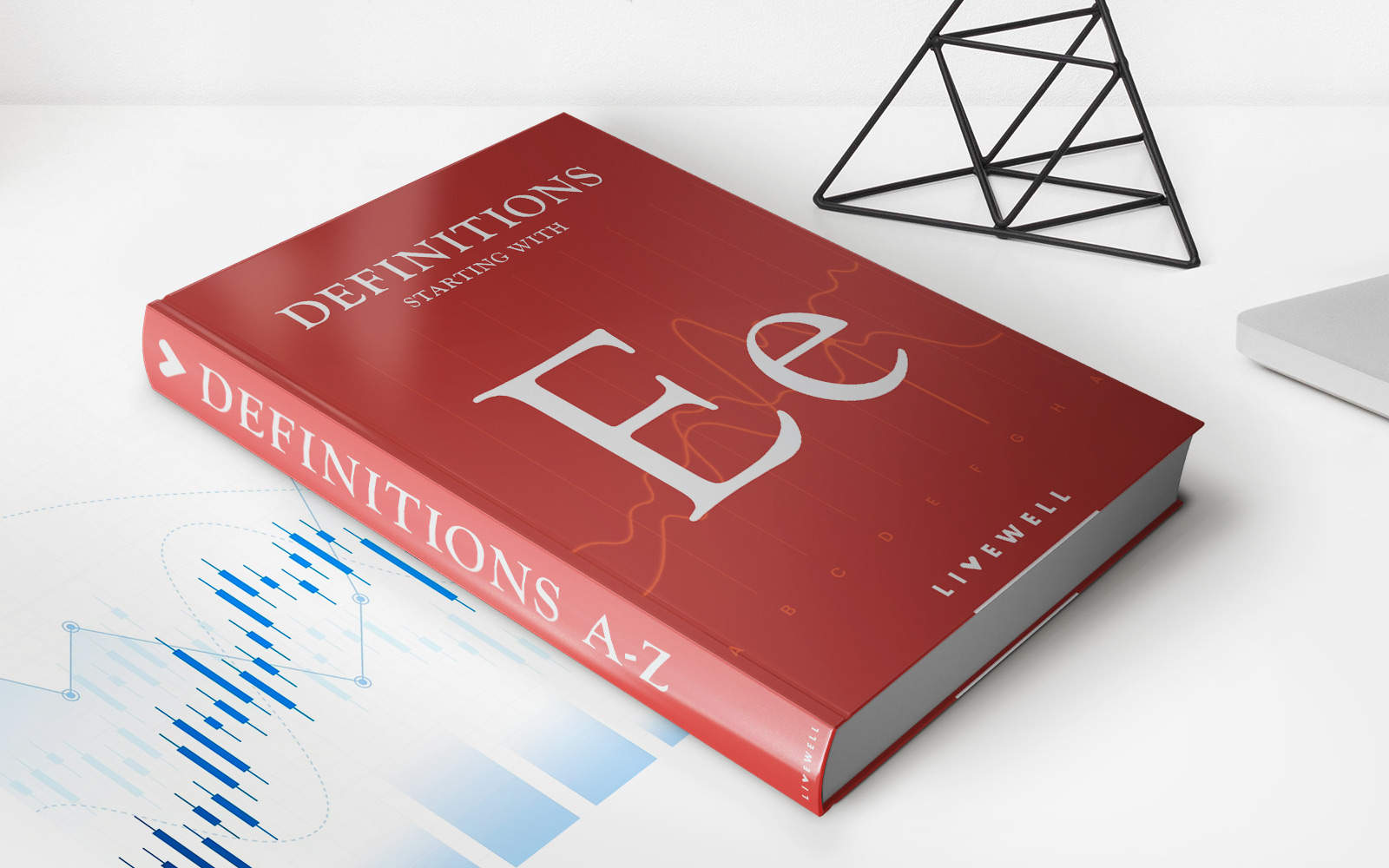Home>Finance>Black-Litterman Model Definition, Basics, Example


Finance
Black-Litterman Model Definition, Basics, Example
Published: October 17, 2023
Learn about the basics, definition, and example of the Black-Litterman Model in finance, empowering investors with effective portfolio allocation strategies.
(Many of the links in this article redirect to a specific reviewed product. Your purchase of these products through affiliate links helps to generate commission for LiveWell, at no extra cost. Learn more)
Understanding the Black-Litterman Model: Definition, Basics, and Example
Have you ever wondered how financial professionals make informed investment decisions? The world of finance can be complex and ever-changing, making it crucial for investors to have a reliable framework for making predictions and managing risks. This is where the Black-Litterman Model comes into play. In this blog post, we will explore the definition, basics, and provide an example to help you understand this powerful investment tool.
Key Takeaways:
- The Black-Litterman Model is an asset allocation strategy that combines investor views with market equilibrium assumptions to generate an enhanced portfolio.
- It was developed by Fischer Black and Robert Litterman in 1992 as an improvement over the traditional mean-variance optimization model.
The Black-Litterman Model is a widely used framework that aims to address the limitations of traditional mean-variance optimization. While mean-variance optimization assumes that investors are solely rational and base their decisions purely on statistical parameters, the Black-Litterman Model incorporates both subjective investor views and objective market data to form a more comprehensive portfolio allocation strategy.
In essence, the model starts by assuming that the market is in equilibrium, meaning that all assets are correctly priced. However, investors might have specific views on how the market will perform in the future, which may differ from the existing equilibrium. These views are then combined with market data using a mathematical formula to find an optimal portfolio allocation.
Let’s consider an example to illustrate how the Black-Litterman Model works in practice. Suppose you are an investor with a positive view on the technology sector, believing that it will outperform the market. However, you are uncertain about the specific allocation within the sector.
Before incorporating your view, the model assumes an equilibrium market portfolio. Then, using a covariance matrix that represents the relationships between various assets, it calculates the implied returns for each asset. These implied returns are the market’s expected returns given the current asset prices.
Next, you will express your view on the technology sector by adjusting the expected returns for the assets within that sector. The Black-Litterman Model considers the uncertainty associated with your view and adjusts the equilibrium returns accordingly.
The final step involves optimizing the portfolio, taking into account the adjusted expected returns and the covariance matrix to achieve an allocation that matches your risk preferences. By combining market data and investor views, the Black-Litterman Model provides an enhanced portfolio allocation strategy that considers both objective and subjective factors.
In conclusion, the Black-Litterman Model is a valuable tool for investors looking to make informed investment decisions in the complex world of finance. By incorporating both market data and investor views, this framework allows for a more comprehensive and dynamic approach to portfolio allocation. Consider exploring the Black-Litterman Model to enhance your investment strategy and navigate the ever-changing financial landscape with confidence.














